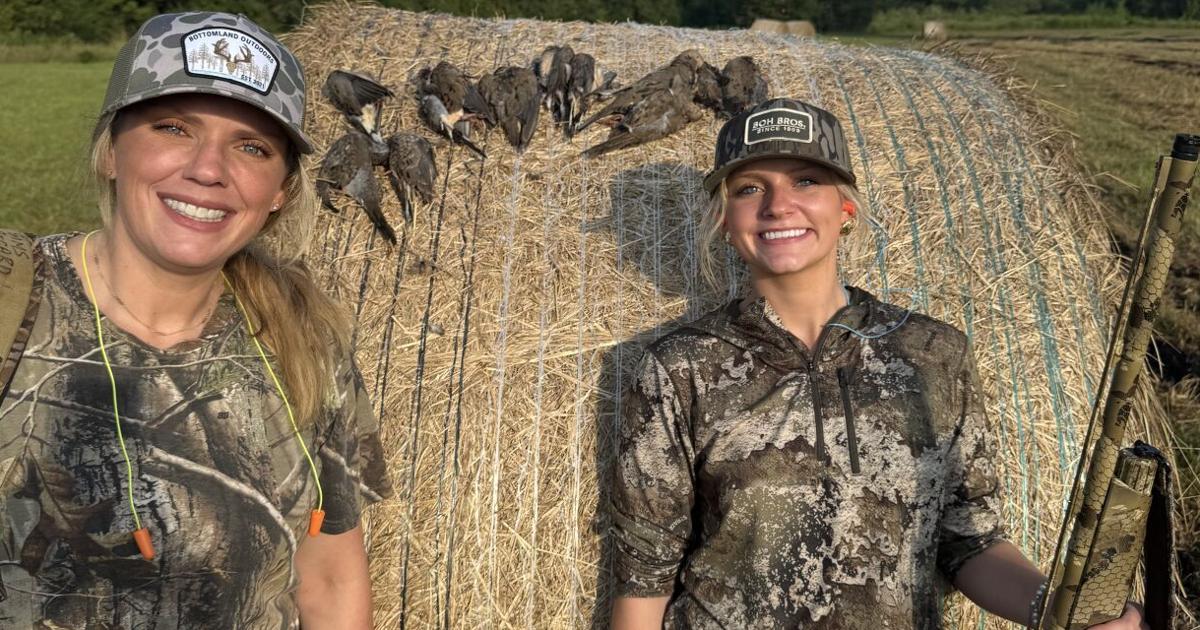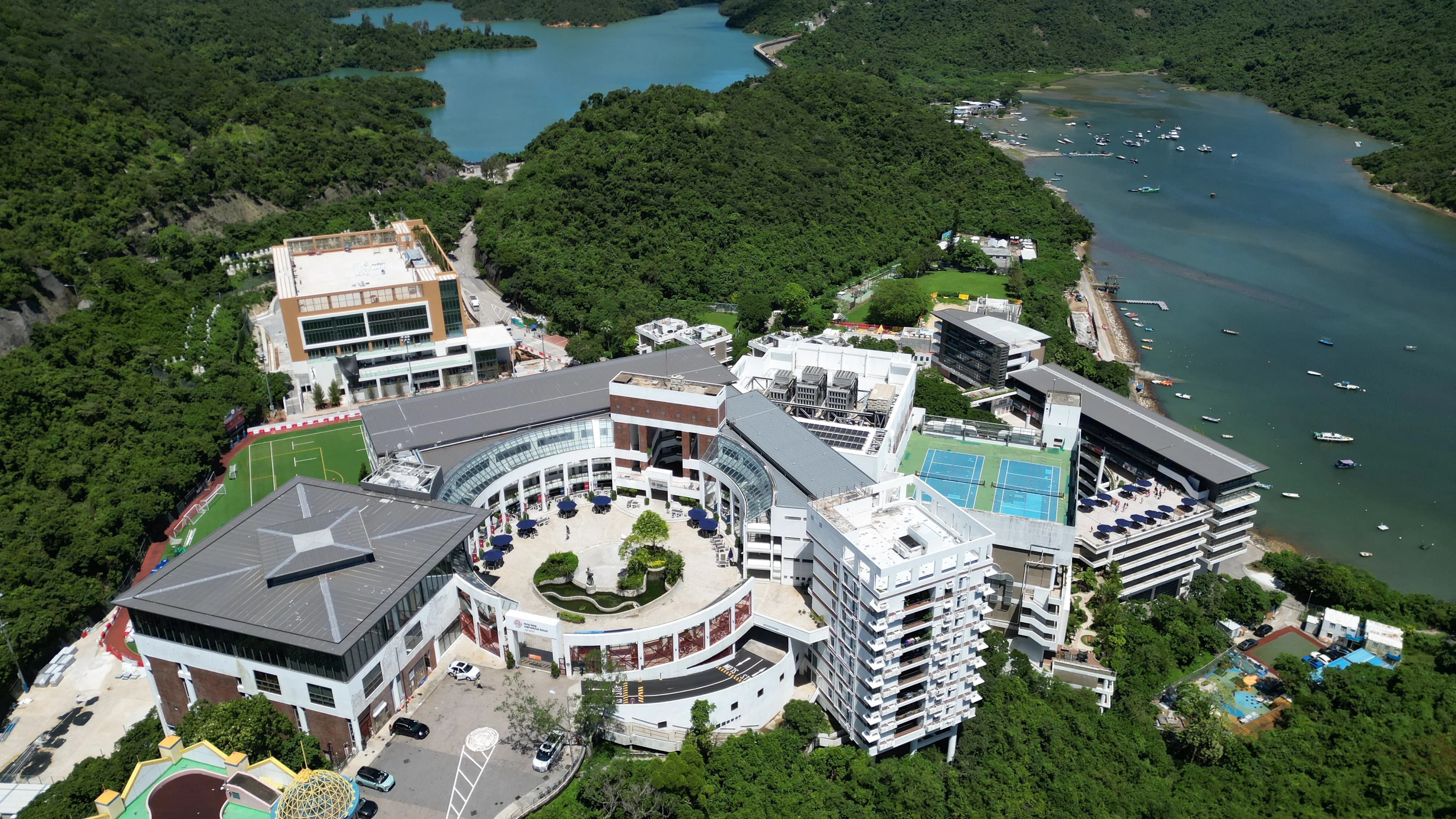
Louisiana’s celebration of National Hunting and Fishing Day takes center stage this week.
Waddill Wildlife Refuge steals the show around Baton Rouge. Combined with its education center, Waddill will feature fishing ponds for youngsters, canoeing and kayaking, the shooting sports, live animals, fly fishing, and casting instruction and displays by conservation and environmental organizations.
Waddill, 4142 North Flannery Road in Baton Rouge (between Choctaw Drive and Greenwell Spring Road), will be open from 8 a.m.-1 p.m. It’s free and open to the public just like the other three sites across our state.
So if you’re in another corner, or darned near in the middle, there will be NHFD activities at the Woodworth Shooting Range (8 a.m.-1:30 p.m.); the Tom Merrill Recreation Area at Bodcau Wildlife Management Area in Haughton (9 a.m.-2 p.m.); and Black Bayou Lake National Wildlife Refuge in Monroe (9 a.m.-2 p.m.).
Last week/The Basin
Sharing the spotlight with Saturday’s celebration was Thursday’s public meeting on the status of the Atchafalaya Basin fish, especially bass.
Attendance and public comment paled when compared to Wildlife and Fisheries’ initial public gathering earlier this year.
Yet this latest gathering provided more information on the status of the basin’s bass populations, water-quality issues and the results of the department’s springtime survey of freshwater fishermen.
There was a lot of sobering news coming from Wildlife and Fisheries’ Lafayette district biologist Brac Salyers, most of which Basin anglers already knew.
A succession of hurricanes and storms, a severe drought, hot summers, increasing areas with low water quality, varying degrees of winter and spring water levels in the Mississippi and Atchafalaya rivers, and a staggering decline in the amount of water in the vast basin have left freshwater fishermen searching for answers about a place that was once a fish-rich area, one that swallowed up tens of thousands of fishing trips annually.
Late in Salyers’ presentation pointed out what might be the biggest problem — the Atchafalaya Basin’s open water is shrinking. Salyers’ note about a comparison of 1850 and 2005 maps that showed 190 square miles of open water 175 years ago to 73 square miles was alarming.
While not spelled out in that one-minute notation, it’s the procession of tons of silt carried by the Atchafalaya River into the basin all the while knowing this largest overflow swamp in our country was converted into a spillway nearly a century ago to prevent downriver flooding.
Exacerbating this problem are Corps of Engineers projects over the last 40 or so years that prevent sheetwater flow across the basin and leave an increasingly larger area of backwater places incapable of supporting most any fish species because of low dissolved oxygen levels, called “hypoxia” areas by biologists.
Low numbers of prized largemouth and spotted bass, bluegill and other panfish species and sac-a-lait over the last 10 years bothered enough fishermen to move the needle on getting attention for the Basin.
With the dwindling amount of available water — yes, the more water in an area, the more fish a viable ecosystem can hold — Salyers said hurricane-wrought fish kills, one year of a severe drought, one year in a moderate drought, and unstable water levels in the major rivers during the spawning season contributed to a progressive decline in gamefish numbers.
Salyers said the best scenario is water levels increasing slowly in the Atchafalaya River in December and rising into a January through March run to maintain water levels high enough for a successful spawn. Then the rivers need to go on a slow fall in April and May, slow enough to give adults and their offspring enough time to find oxygen-rich water to survive the harsh, summer heat.
Salyers concluded his presentation by telling the assembled anglers that 2025 might be a turning point after 10 years of less productive conditions.
“We are seeing this year the right amount of water at the right time for a successful spawn,” Salyers said. “We are seeing a good number of young-of-the-year bass, both spotted and largemouths.”
He also noted further sampling trips found good numbers of catfish, bluegill, goggle-eye, chinquapin (redear sunfish) and sac-a-lait.
Snapper count
Through Sept. 7, the LA Creel survey estimate for the private recreational red snapper catch totaled 805,453 pounds, or 90% of our state’s 894,955-pound annual allocation. That’s a one-week increase of 17,439 pounds from the Aug. 31 estimate.



